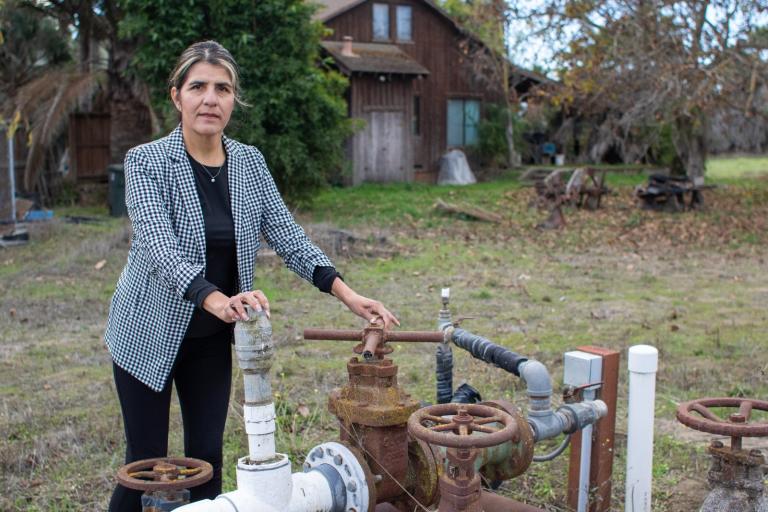Stephanie Mencimer reports in Mother Jones on the hilarious and frightening Tea Party campaign against sustainable development — the shocking idea that neighborhoods and streets should be designed to promote human well-being rather than maximum traffic flow. It’s funny in a tinfoil-hat sort of way because it revolves around an old U.N. conspiracy theory. And it’s troubling because it could be effective. Here’s the heart of the story:
[T]ea partiers have trained their sights on a new and insidious target: local planning and zoning commissions, which activists believe are carrying out a global conspiracy to trample American liberties and force citizens into Orwellian “human habitation zones.”
At the root of this plot is the admittedly sinister-sounding Agenda 21, an 18-year-old UN plan to encourage countries to consider the environmental impacts of human development. Tea partiers see Agenda 21 behind everything from a septic tank inspection law in Florida to a plan in Maine to reduce traffic on Route 1. The issue even flared up briefly during the midterms, when Colorado Republican gubernatorial candidate Dan Maes accused his Democratic opponent of using a bike-sharing program to convert Denver into a “United Nations Community.”
… And now that the midterm elections are over, they’re descending on planning meetings and transit debates, wielding PowerPoints about Agenda 21, and generally freaking out low-level bureaucrats with accusations about their roles in a supposed international conspiracy.
Dan Maes is easy enough to laugh off. His rants about an insidious U.N. plot were part of an astoundingly inept campaign that saw him — the Republican candidate in a swing state — finish with a mere 11 percent of the popular vote.
And as a former small-town reporter who’s sat through a lot of local zoning meetings, I can’t help but laugh at the thought of area planning commission members — shopkeepers, school-facilities managers, stay-at-home moms, country lawyers — being accused of supporting an international conspiracy.
Except, as Mencimer notes, this is precisely where vigorous, paranoid obstruction can have an impact. If Tea Partiers want to influence national health care, they’ve got to deal with high-powered politicians and lobbyists in the national spotlight.
If they want to block bike lanes, safer streets, walkable shopping districts, and housing close to workplaces, they’ve only got to hassle and bully local planning boards. In that context, it’s entirely possible for angry protestors to drown out people who support walkable, mixed-use neighborhoods.
More about the passionate intensity:
In the tea partiers’ dystopian vision, the increased density favored by planners to allow for better mass transit becomes compulsory “human habitation zones.” They warn of Americans being forcibly moved from their suburban dream homes into urban “hobbit homes” and required to give up their cars and instead — gasp! — take the bus to work.
There’s nothing inherently political about walkable neighborhoods and safer streets, just as there’s nothing inherently political about climate science. But lately the fact that progressives and Democrats, including the Obama administration, support livability and sustainability seems to be enough to raise the suspicion and the ire of the right.



